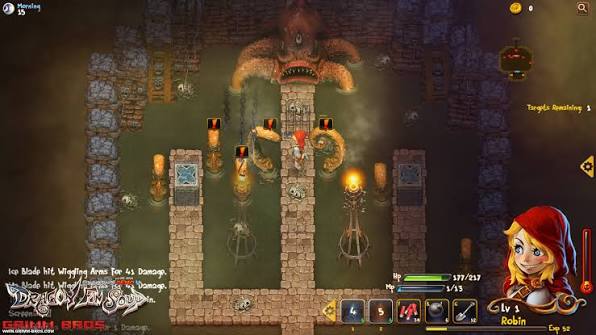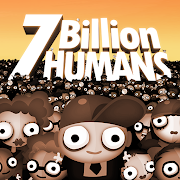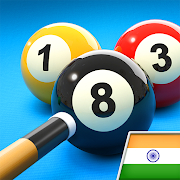The Kimochi Game: A Journey into Emotional Connection
In an era where digital interactions often overshadow face-to-face connections, the Kimochi Game emerges as a refreshing antidote,jack in the box game fostering emotional intimacy and understanding among players. Originating from the Japanese word kimochi,kimochi game meaning “feeling” or “emotion,” this game is designed to deepen relationships through structured yet heartfelt communication. Unlike conventional games that prioritize competition or strategy, the Kimochi Game centers on vulnerability, empathy, and shared human experiences. This 800-word exploration delves into the game’s origins, kimochi game mechanics, benefits, and cultural significance, offering a glimpse into why it’s capturing hearts worldwide.

Origins and Inspiration
The Kimochi Game was born in Japan, a culture renowned for its nuanced approach to emotions and interpersonal harmony. While its exact origins are debated, many attribute its creation to a group of Tokyo-based therapists and educators in the early 2000s. Inspired by group therapy techniques and traditional Japanese practices like naikan (self-reflection), the game was initially developed as a tool to help individuals articulate emotions in a society where direct emotional expression can sometimes be restrained. Over time, it evolved into a social activity embraced by friends, families, and even corporate teams seeking to build trust and camaraderie.
The game’s philosophy is rooted in the belief that sharing emotions fosters connection. It draws inspiration from global practices like mindfulness and emotional intelligence training, kimochi game blending them with Japan’s emphasis on collective well-being. Today,kim sae ron squid game the Kimochi Game has spread beyond Japan, gaining popularity in North America, Europe, and Asia, particularly among those seeking meaningful interactions in an increasingly disconnected world.
How the Kimochi Game Works
The Kimochi Game is elegantly simple, requiring no special equipment beyond a willingness to engage. It is typically played in groups of 3 to 10 people, though it can be adapted for couples or larger gatherings. The setup involves a facilitator (optional for casual settings) who guides the group through a series of rounds, each centered on a specific prompt or question designed to elicit emotional responses.
Core Mechanics
- Setting the Space: Players sit in a circle to create a sense of equality and openness. A small object, like a stone or candle, may be passed around to signify whose turn it is to speak, ensuring everyone feels heard.
- Prompts and Questions: The facilitator or group selects a prompt, such as “Share a moment when you felt truly understood” or “What’s an emotion you’ve been carrying this week?” Questions vary in depth, allowing players to ease into vulnerability.
- Sharing and Listening: Each player responds to the prompt, speaking for 1–2 minutes. Others listen without interrupting, practicing active listening. The goal is not to solve problems but to witness each other’s emotions.
- Reflection Round: After everyone shares, players may reflect on what they heard, expressing gratitude or noting connections between stories. This step reinforces empathy and validates shared experiences.
- Optional Activities: Some versions incorporate creative elements, like drawing an emotion or writing a letter to one’s younger self, adding a tactile dimension to the emotional exploration.
The game typically lasts 60–90 minutes, though sessions can be shorter or longer depending on the group’s preference. Ground rules emphasize confidentiality, non-judgment, and respect, creating a safe space for authenticity.
Benefits of the Kimochi Game
The Kimochi Game offers profound benefits, both individually and collectively. At its core, it encourages emotional literacy—the ability to identify,kimochi games articulate, and process feelings. In a 2023 study conducted by Kyoto University, participants who played the game weekly for two months reported a 25% increase in self-reported emotional awareness and a 15% improvement in relationship satisfaction. These findings underscore the game’s potential to enhance mental health and interpersonal bonds.

For individuals, the game provides a rare opportunity to express emotions without fear of judgment. This can be particularly transformative for those who struggle with vulnerability, such as men in cultures where stoicism is prized or individuals recovering from trauma. By normalizing emotional expression, the game reduces feelings of isolation and fosters self-compassion.
For groups, the Kimochi Game builds trust and empathy. Corporate teams have adopted it as a team-building exercise, noting improved collaboration and conflict resolution. Families use it to bridge generational gaps, while friend groups find it strengthens their bonds. In romantic relationships, the game can deepen intimacy by encouraging partners to share fears, hopes, and dreams in a structured yet organic way.
Cultural Significance and Global Appeal
The Kimochi Game resonates in Japan, where indirect communication and group harmony (wa) are cultural cornerstones. It aligns with practices like omoiyari (empathy) and kokoro (heart), offering a modern way to honor these values. Yet its universal appeal lies in its adaptability. In Western cultures, where individualism often prevails, the game provides a counterbalance, encouraging collective vulnerability. In collectivist societies, it offers a safe outlet for personal expression without disrupting group dynamics.
The game’s global spread has been fueled by social media, with hashtags like #KimochiGame and #FeelTheMoment showcasing stories of connection. Online versions have emerged, though purists argue that in-person play is essential for capturing the game’s emotional depth. Workshops and retreats centered on the Kimochi Game are now offered worldwide, often blending it with yoga, meditation, or art therapy.
Challenges and Considerations
Despite its benefits, the Kimochi Game isn’t for everyone. Some may find its emotional intensity uncomfortable, particularly in cultures where public displays of vulnerability are taboo. Facilitators must be skilled at managing group dynamics, ensuring no one feels pressured to share beyond their comfort zone. lyncconf game mods Additionally, the game’s effectiveness depends on participants’ willingness to engage authentically—superficial responses can undermine the experience.

Conclusion
The Kimochi Game is more than a pastime; it’s a movement toward emotional connection in a fragmented world. By creating a space for vulnerability and empathy, it reminds us of our shared humanity. Whether played with friends, family, or colleagues, it offers a powerful antidote to loneliness and superficiality. As it continues to spread, the Kimochi Game invites us all to pause, feel, and connect—because in the end, our emotions are what bind us.








